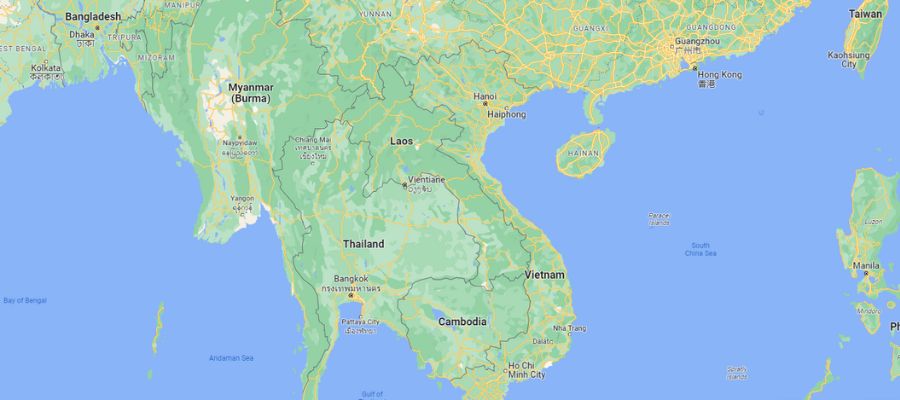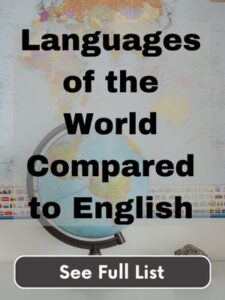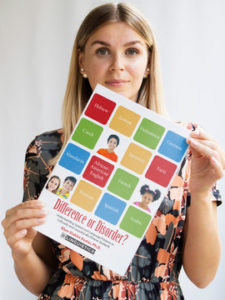The Hmong language is a member of the Hmong-Mien language family, which is spoken by about 8 million people in southern China, Southeast Asia, and the United States. It is a tonal language, which means that changes in pitch can change the meaning of words. This means that there are some important characteristics to take into consideration to understand how Hmong speech and language development influences the communication of a child learning English.
The Hmong language is spoken primarily by the Hmong people, an ethnic group that originated in southern China and migrated to Southeast Asia and the United States. The majority of Hmong speakers are located in China, Vietnam, Laos, Thailand, and the United States. The largest concentration of Hmong speakers outside of China is in the United States, where they have been resettled as refugees since the 1970s.
The Hmong language has several dialects, which vary by region and subgroup. The two main dialects are White Hmong and Green Hmong, which are distinguished by their pronunciation and vocabulary. There are also several sub-dialects within each of these main dialects.

Interesting Facts About Hmong Speech and Language Development
The Hmong language has historically been a primarily oral language, with no standard writing system. However, in the 1950s, a writing system was developed based on the Roman alphabet, known as the Hmong RPA (Romanized Popular Alphabet). This system has since been widely adopted, and is used for both educational and literary purposes. There are also several other writing systems used by Hmong communities, including Chinese characters and a modified version of the Lao script.
Despite the widespread use of the Hmong language, it is not an official language in any country. However, in some areas of Southeast Asia, Hmong language instruction is provided in schools, and there are efforts to promote the use of the language in government and media.
One interesting aspect of the Hmong language is its use of special vocabulary and expressions related to the Hmong culture and way of life. For example, there are many words related to agriculture and hunting, as well as expressions that convey respect and deference to elders and authority figures. There are also many Hmong proverbs and sayings that reflect traditional beliefs and values.
Hmong Speech and Language Development
Hmong Consonant Phonemes in Comparison to English
| Hmong Consonants Not Shared with English | /cʰ/ /tˡ/ /tɬ̬/ /l̥/ /m̥/ /n̥/ /ɲ̥/ /ɲɟ/ /ɲɟʱ/ /ⁿdˡ/ /ⁿdɮ/ /ŋkʰ/ /mbʱ//mbɮ/ /ɴɢ/ /ɴɢʱ//ɳɖ//ɳʈʰ/ /ndʱ/ /ɳɖʐ/ /ndzʱ//pɬ/ /ʂ/ /tsʰ//ʈʂ//ʈʂʰ/ /ç//ʝ/ /ʐ/ /ʔ/ |
| Hmong Consonants Shared With English | /p/ /t//k/ /f/ /v/ /s//ʃ/ /ʒ/ /tʃ/ /h/ /m/ /n/ /ŋ/ /j/ /l / |
| English Consonants Not Shared with Hmong | /b//d//g//z//dʒ//ð//θ/ /ɹ//w/ |
Hmong Vowel Phonemes in Comparison to English
| Hmong Vowels Not Shared with English | /ɨ/ /ẽ/ /ã/ /ɔ̃/ |
| Hmong Vowels Shared With English | /a/ /e//i//u//ɔ/ |
| English Vowels Not Shared with Hmong | /o/ /ʊ/ /ɛ/ /I/ /æ/ /ʌ/ /ə//ɚ/ |
The Use of Phonotactic Constraints in Hmong Speakers
There are several specific speech patterns that are common form Hmong speakers who are speaking English.
- A study by Briggs (1984) found the three most frequently occurring processes used by both groups were Cluster Reduction, Sonorant Deviation, and Prevocalic Voicing. This means that these phonological patterns are shared between both English and Hmong and can be addressed in therapy.
- We can’t forget to talk about tone. Hmong is a tonal language. There are 6 tones and they are phonemic. In other words they mean different things even when the same consonant-vowel combination is uses. The six tones are described as high, mid, low, high falling, mid rising, creaky (my personal favorite), and low falling breathy.
- Now, we have to talk a bit about language differences, too. This following table highlights a few of the linguistic differences between Hmong and English. These differences help you to know what language influence errors you might see. And remember, if the errors result from an influence from the other language, we don’t have to worry. That is a normal part of learning a second language.
Language Specific Differences Between English and Hmong
| Feature | Hmong | English | Possible Errors |
|---|---|---|---|
| Pronouns | Subject and object pronouns are the same | Subject and object pronouns are different | He hit he.* |
| Plurals | Nouns are not marked for plurality | Add “s” to nouns | Four dog* |
| Adjectives | Nouns precede adjectives | Adjectives precede nouns | Dress blue* |
| Tense | Verbs are not modified for tense | Verbs are modified for tense | Sally jump* |
| Gerunds | Do not exist | Exist | bark dog*/barking dog |
Sources:
Ratliff, Martha. Hmong-Mien language history. Pacific Linguistics, Research School of Pacific and Asian Studies, The Australian National University, 2010.
Tatman, Anthony W. “Hmong history, culture, and acculturation: Implications for counseling the Hmong.” Journal of multicultural counseling and development 32.4 (2004): 222-233.
“Hmong People.” Wikipedia, Wikimedia Foundation, 9 Apr. 2023, https://en.wikipedia.org/wiki/Hmong_people.



